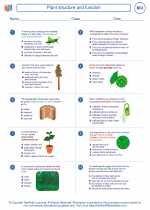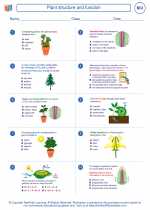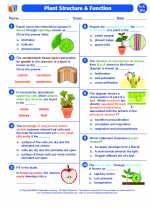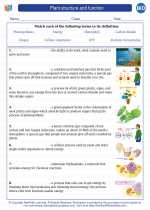Circuit: An Overview
A circuit is a closed loop through which an electric current flows. It consists of various components such as wires, resistors, capacitors, inductors, diodes, and transistors. Circuits can be found in electronic devices, electrical systems, and even biological systems.
Types of Circuits
There are two main types of circuits: series circuits and parallel circuits.
Series Circuit
In a series circuit, the components are connected in a single loop. The current passes through each component in order. If one component fails, the entire circuit is interrupted.
Parallel Circuit
In a parallel circuit, the components are connected in multiple paths. Each component has its own path for the current to flow. If one component fails, the rest of the circuit can still function.
Basic Circuit Components
Several basic components make up a circuit:
- Resistor: A component that resists the flow of electric current.
- Capacitor: A component that stores electric charge.
- Inductor: A component that stores energy in a magnetic field.
- Diode: A component that allows current to flow in one direction only.
- Transistor: A component used for amplification and switching of electronic signals.
Understanding Circuit Diagrams
Circuit diagrams are used to represent circuits using symbols to depict the components and their connections. Understanding circuit diagrams is essential for analyzing and designing circuits.
Studying Circuits
When studying circuits, it's important to grasp the following concepts:
- Understanding Ohm's Law and its application in calculating voltage, current, and resistance.
- Analyzing series and parallel circuits to determine equivalent resistance, current, and voltage across components.
- Applying Kirchhoff's laws to solve complex circuits and understand the flow of current and voltage distributions.
- Identifying and analyzing the behavior of different circuit components in various configurations.
Practical Applications
Circuits have numerous practical applications in everyday life, ranging from simple household wiring to complex electronic devices. Understanding circuits is crucial for fields such as electrical engineering, electronics, and even biology, where the neuron can be modeled as an electrical circuit.
By mastering the principles of circuits, one can gain insights into the functioning of technological devices and systems, paving the way for innovations and advancements in various industries.
[Circuit] Related Worksheets and Study Guides:
.◂Biology Worksheets and Study Guides High School. Plant structure and function

 Worksheet/Answer key
Worksheet/Answer key
 Worksheet/Answer key
Worksheet/Answer key
 Worksheet/Answer key
Worksheet/Answer key
 Vocabulary/Answer key
Vocabulary/Answer key
 Vocabulary/Answer key
Vocabulary/Answer key
